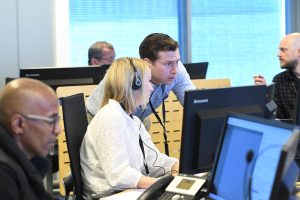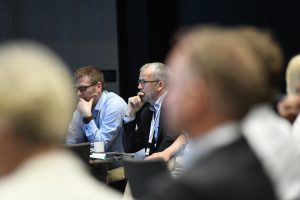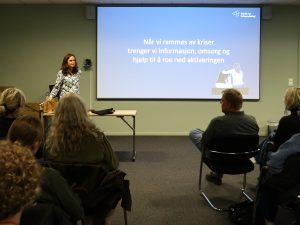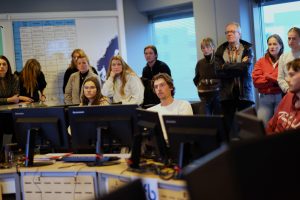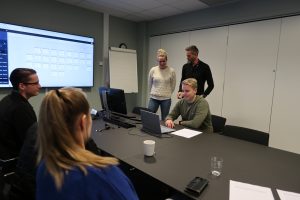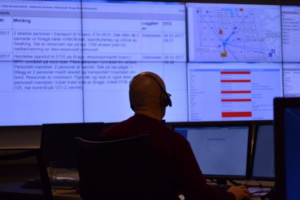An explosion occurred during the pouring of nitrogen from bottles to hydraulic accumulators on the Heimdal field, and two people were seriously injured. The Petroleum Safety Authority (PSA) concluded in its investigation report that "with insignificant changes in circumstances, the incident had the potential for a fatal accident".
Several mitigating measures have since been implemented by Equinor, and the entire industry has learned from the incident. This spring, when Neptune Energy was training its six emergency preparedness teams together with OFFB, the Heimdal incident was chosen as the case scenario – and the Gjøa facility as the training object.
Preferred practice method
Using a real-life event gives a more serious backdrop to the exercise, and enhances meaning and learning outcomes. Several participants have since stated that they prefer this manner of training.
“Those of us involved in exercise planning at OFFB, are eager to form a good cooperation with the people we train with. It is important for us to be able to distinguish between what works and what can be done better. The exercises should feel useful to everyone involved. It's especially rewarding when we hit the mark with both the scenario and the execution,” says Pål Erland, emergency response manager and responsible exercise leader at OFFB.
Erland has been involved in the planning and execution of exercises at OFFB since 2010. Before that, he had a long career in the police.
Planning provided valuable information and learning
To create the most realistic scenario possible, documentation from Equinor and the Petroleum Safety Authority's (PSA) investigation report from the Heimdal incident were used in planning the exercise. In addition, the exercise management received valuable information from Equinor's 2nd line emergency response manager, who handled the incident in 2019. To maximize the learning outcome, the exercise was based on a "worst case" scenario.
All teams trained on the same scenario
By basing all exercises on the same scenario, all on-call duty teams in Neptune Energy's 2nd and 3rd line were given a common foundation for handling the incident. Real-life mobilization was carried out in the 2nd and 3rd line. In addition, all first notifications from the 2nd line were transmitted to all relevant collaborators. These included the Joint Rescue Coordination Centre (South), the local police, PSA, contractors, on-duty doctor, emergency doctor, head of the Operator's Centre for Evacuees and Next of kin (OSEP), as well as head of the next of kin call centre and the Clinic for Crisis Psychology.
Neptune Energy's on-duty personnel at the logistics base in Florø also took part in all executions. In addition, the operator's emergency doctor provided valuable support to the 2nd line’s handling of the exercise.
“It was essential for all teams to handle the same scenario and practice on the same incident. It was also important to involve as many real-life actors as possible. We received valuable contributions, including from the platform manager on Gjøa,” says Erland.

After the exercises, Neptune Energy held a learning and evaluation seminar at OFFB, to which all participants were invited. Here, the emergency response manager from Equinor's 2nd line, Geir Helge Johnsen, shared Equinor's and his own personal experiences from the Heimdal incident.
“Learning outcomes are important to OFFB and those we train with. The evaluation process is therefore central. After the Neptune exercises, the evaluation seminar together with Equinor was helpful and instructive. Johnsen’s presentation was greatly appreciated, both by the participants and the exercise management,” says Erland.


